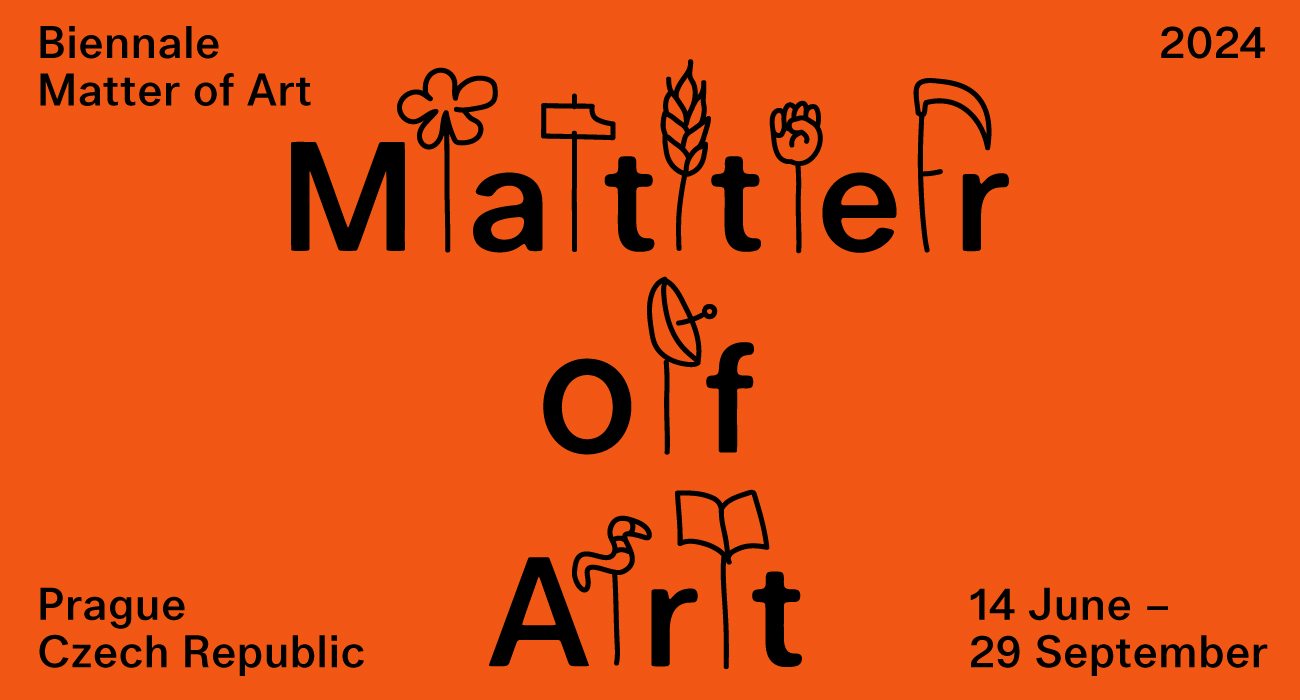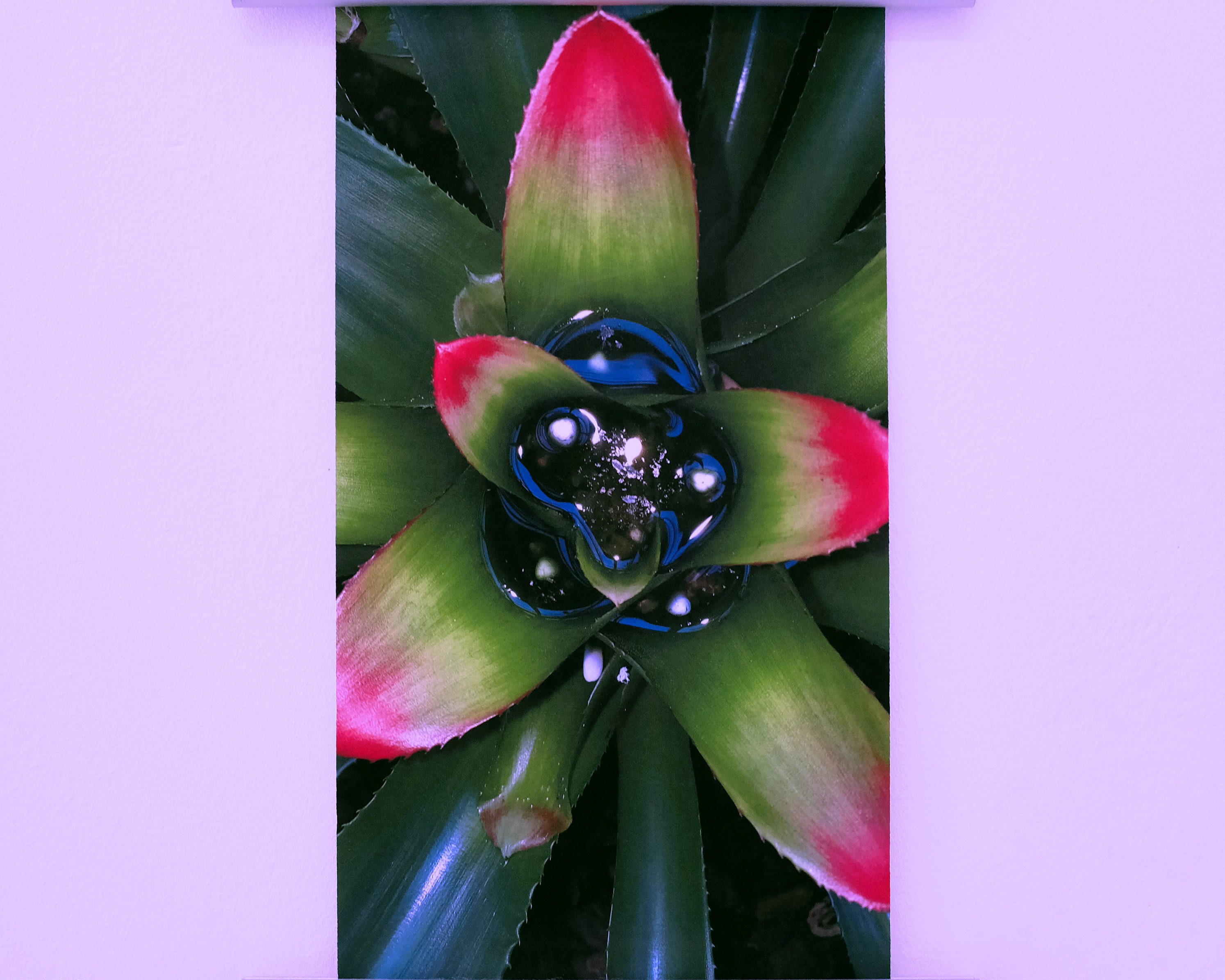Artist: Lesia Pcholka
Title: Great Stone
Text: Michaela Geboltsberger
Photos: Lesia Pcholka
Venue: hoast, Vienna

For more than 30 years, Belarus has been ruled by a dictatorial regime whose power seems inexorable.
Criticism from Europe, support from China! This is no coincidence, as Belarus is seen as an important, if not the most important, element in the success of China‘s Silk Road initiative, through which China seeks to expand and strengthen its geopolitical influence. With the industrial park “The Great Stone,” launched in 2010 and located in Belarus, 25 km from Minsk, China has created the largest construction project in the Silk Road project to date. It has been highly praised by leader Xi Jinping and described as the pearl of the Silk Road project.










Although officially called an “industrial park,” it is in fact a satellite city with its own infrastructure, housing for 1,500 people, including leisure and sports facilities, museums, schools and much more. The project has several economic advantages for China: it offers duty-free access to the Eurasian market, is located in the geographical center of Europe and borders the European Union. The project not only represents close economic cooperation between China and Belarus, but also brings the two countries together culturally.
Cooperation between the two countries now extends beyond the economy to other areas of daily life and education. For example, Belarusian schoolchildren can choose to study either English or Chinese at school, and public places in Minsk are increasingly labelled in Russian and Chinese. However, this rapprochement is mainly taking place at the economic and political level; there is little overlap in the everyday lives of Minsk residents and little real integration.





In the exhibition, Lesia Pcholka explores this cultural dichotomy, but also the value of migration as a means of global cultural exchange. She considers the process of cultural and economic interaction as a new coalition of cultural spaces. She reflects on how everyday practices can be transformed by cultural influences. The demography of Belarus paints a very homogeneous picture, with more than 85% Belarusians and only a small proportion of Russians, Poles, Ukrainians and Jews.
In her objects, Lesia Pcholka explores stereotypical traditions such as macramé, a knotting technique that originated in the Soviet Union and is still used in Belarus today to make ornaments, textiles or jewellery, and combines it with shibari, an erotic art of bondage that developed from a traditional military bondage technique and body restraint practice. She uses maps of Belarus and China on tea tables to symbolize cultural communication, and the built-in security cameras refer to the repressive practices used to control and pressure citizens, an approach that unites both cultures. There are images of Asian people in a botanical garden, which form a counterpoint to the industrial project “The Great Stone.” The images are enhanced with abstract macramé symbols taken from old Soviet magazines.
Lesia Pcholka calls for a new, open Belarus, with fresh ideas and structures to leave the past behind and make way for something new. This Novaya Belarus is not yet visible, but she hints at it with her light installation, in which UV light, which normally makes sprouting plants grow, is intended to give this young nation with a long history a growth spurt towards independence.
